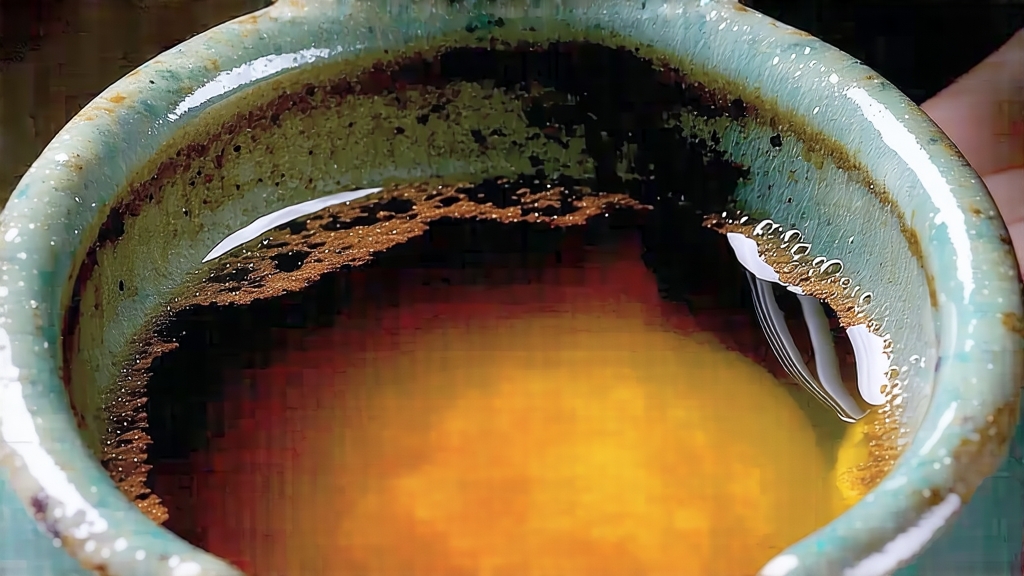
Few leaves in the world carry as much legend, craftsmanship, and aromatic paradox as Tie Guan Yin, the “Iron Goddess of Mercy.” Hailing from the granite ridges of Anxi in southern Fujian, this oolong is both a floral daydream and a mineral confession, a tea that can taste like spring orchids one infusion and like roasted chestnuts the next. For newcomers and seasoned drinkers alike, understanding Tie Guan Yin is a doorway into the broader soul of Chinese oolong artistry.
-
Historical Roots: From Stone Altars to Global Cups
The most popular origin tale dates to the Yongzheng era (1723–1735). A devout farmer named Wei Yin daily cleaned a neglected Guanyin shrine deep in the mountains. In gratitude, the Bodhisattva appeared in a dream and showed him a hidden tea tree behind the temple. Wei cultivated it, naming the tea “Tie” (iron) to honor the statue’s unyielding compassion and “Guan Yin” for the goddess herself. A competing legend credits the Wang family of Anxi’s Yaoyang village, who discovered a wild cultivar around 1740. Whichever story one prefers, Qing-dynasty records show Anxi county already paying tribute of “Guanyin tea” to the imperial court by the late 18th century. Coastal Fujian’s emigrants later carried cuttings to Taiwan and Southeast Asia, so today Tie Guan Yin bloodlines thrive from Taipei’s Muzha to Bangkok’s old Teochew districts. Yet purists still anchor the cultivar’s spiritual home to the 60-square-kilometer core of Anxi’s “inner mountains”—Xiping, Gande, and Longjuan—where elevation (600–1,200 m), fog, and iron-rich laterite soils conspire to create the famed “yun gan yin,” a lingering, throat-cooling echo that connoisseurs liken to the chime of a bronze bell. -
Cultivar Spectrum: Qing Xiang, Nong Xiang, and the Roasted Soul
Western menus often list “Tie Guan Yin” as if it were a single tea, but Anxi farmers actually speak of three stylistic families.
• Qing Xiang (light fragrance): Developed in the 1990s to meet Taiwanese market demand for bright, greenish oolongs. Leaves undergo minimal oxidation (15–25 %) and no roasting, yielding jade-green infusion, lily-of-the-valley aromatics, and a crisp, almost sparkling finish.
• Nong Xiang (rich fragrance): The traditional 20th-century profile. Medium oxidation (30–40 %) followed by two to three charcoal roasts over lychee-wood embers at 80–100 °C. Liquor turns honey-amber; flavors evolve from toasted almond to caramelized banana, anchored by a basalt minerality.
• Chen Xiang (aged aroma): Nong Xiang cakes stored in unglazed clay jars for five to thirty years. Microbial activity and slow oxidation deepen color to mahogany, producing notes of dried longan, sandalwood, and antique parchment. Aged Tie Guan Yin is re-roasted every two to three years to drive off residual moisture, a labor of love that transforms the tea into a time capsule. -
Craftsmanship: The Choreography of a Single Leaf
Harvest begins at dawn on the 45th day after Qingming, when two leaves and a bud still curl like jade sparrow tongues. The pluckers’ baskets must reach the processing shed within two hours; any delay starts uncontrolled red-edge oxidation. Inside, the leaves are first wilted under 25 °C ceiling fans, losing about 10 % moisture and acquiring a grassy suppleness. Then comes yao qing—“dancing in the air”—a unique Anxi step where trays are tossed vertically, allowing edges to bruise against bamboo slats. This repeated trauma ruptures cells, releasing enzymes that coax partial oxidation. Masters judge progress by nose alone: when the raw leaf aroma shifts from cut grass to ripe peach, oxidation is arrested with a 280 °C tumble in gas-heated drums. Next, the half-green, half-red leaves are wrapped in 12-kilo linen bundles and rolled under mechanical pressure equal to two sedan cars. The bundle is unpacked, fluffed, and rewrapped every ten minutes for up to three hours, a cycle that twists leaves into the characteristic “dragonfly head, frog leg” shape. Finally, low-temperature roasting fixes flavor; for Nong Xiang styles, an